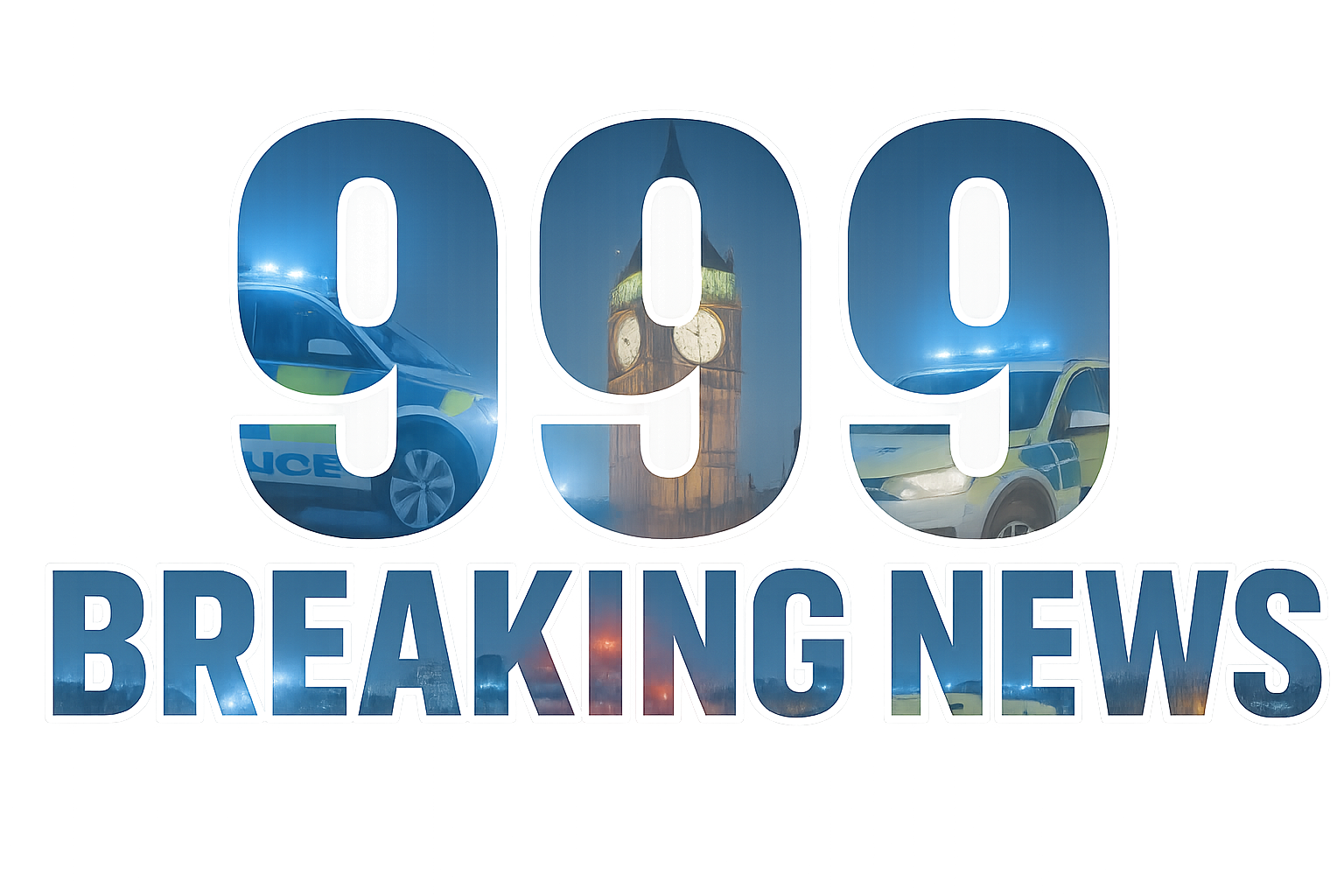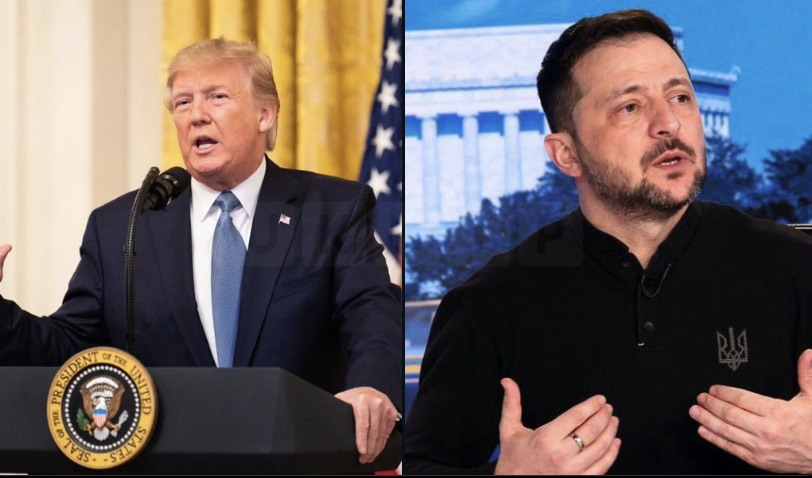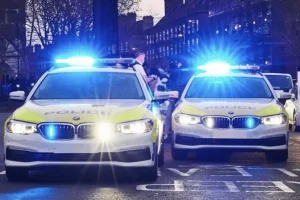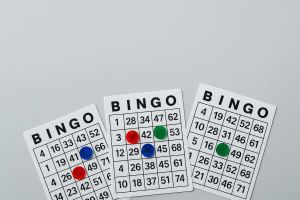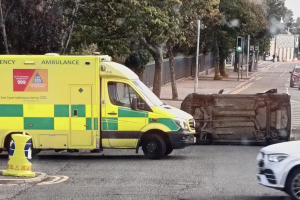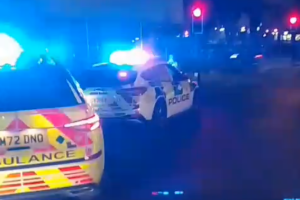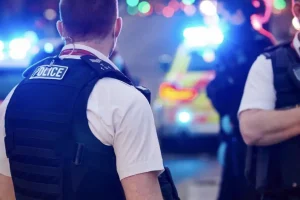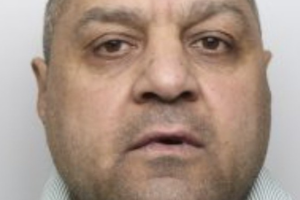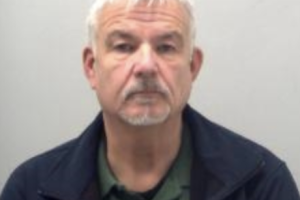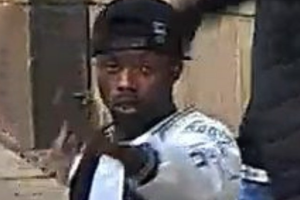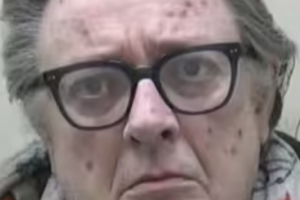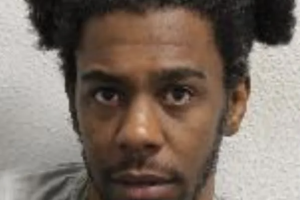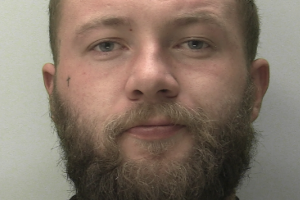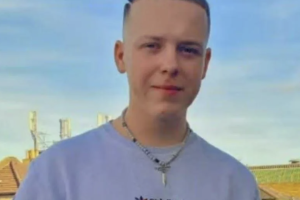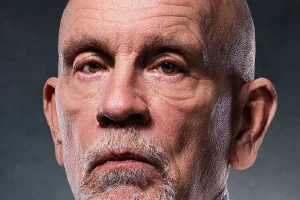In a significant yet fragile development, Ukraine has agreed to a proposed 30-day ceasefire in its ongoing war with Russia. However, as of March 11, 2025, Moscow has not confirmed its participation, leaving hopes for a temporary peace hanging in the balance.
U.S. President Donald Trump announced the breakthrough on Tuesday, stating that the United States will meet with Russian officials “later today or tomorrow” in a renewed diplomatic push to end the conflict. Trump also extended an invitation to Ukrainian President Volodymyr Zelenskyy to return to the White House, saying: “We want to get the Ukraine war over with.”
A Glimmer of Hope
The ceasefire proposal offers a potential pause in hostilities that have raged since Russia’s full-scale invasion in 2022. Ukraine’s acceptance is a signal of diplomatic openness, but without Russia’s commitment, the truce remains theoretical.
If realized, the ceasefire would mark the first major halt in fighting in over a year. It would offer humanitarian corridors and breathing space to a nation exhausted by war. With Russian forces still occupying approximately 20% of Ukrainian territory, including Donetsk, Luhansk, Kherson, Zaporizhzhia, and Crimea, any ceasefire could allow critical aid access to vulnerable populations.
Trump Takes the Lead
President Trump has taken a direct role in brokering talks, signaling that the U.S. intends to mediate between the two warring nations. “We’re going to talk to them soon—today or tomorrow,” Trump told reporters, hinting at possible high-level discussions with Russian President Vladimir Putin. No official confirmation of such a meeting has been made.
Supporters have praised Trump’s assertive diplomatic approach, while critics warn of a rushed settlement that could leave Ukraine at a disadvantage if key issues—such as territorial sovereignty—are compromised.
International Reactions: Cautious Optimism
World leaders responded to the proposal with cautious optimism. UK Prime Minister Keir Starmer called it “a step in the right direction,” urging Russia to match Ukraine’s commitment. France also welcomed the proposal but warned that past ceasefires have crumbled under Russian non-compliance.
NATO Secretary General Jens Stoltenberg struck a more guarded tone, stating, “A ceasefire without Russian accountability risks becoming a pause in violence rather than a path to peace.”
Skepticism on the Ground
Inside Ukraine, the response has been mixed. While weary citizens welcome any lull in the fighting, many remain sceptical. Memories of previous broken agreements—such as the 2014 and 2015 Minsk accords—have left deep scars and fostered mistrust toward any Russian promises.
Ukrainian President Volodymyr Zelenskyy has not yet issued a formal public statement but is expected to speak following his upcoming White House visit. Kyiv continues to insist on clear security guarantees and the eventual withdrawal of Russian troops—conditions that may prove difficult in upcoming negotiations.
Stakes Beyond the Battlefield
A temporary ceasefire could bring much-needed relief to global energy markets. With the war having severely disrupted gas supplies and increased prices, any de-escalation may stabilize markets and ease inflationary pressure in Europe and beyond.
Humanitarian agencies, including the UN, see the ceasefire as an opportunity to expand aid operations. However, their access depends on whether hostilities genuinely halt and both sides uphold safe passage routes.
Moscow’s Reluctance and Strategic Goals
Russia’s continued silence raises questions about its true intentions. The Kremlin has long demanded Ukraine’s neutrality and formal recognition of occupied territories—terms Ukraine rejects outright. Without a major policy shift from Moscow, the ceasefire may prove short-lived or fail to materialize.
Analysts note that Moscow may use the delay as leverage, testing Western resolve and attempting to extract political concessions before committing.
A Test for Trump’s Diplomacy
This ceasefire push marks a critical test for Trump’s foreign policy team. After a tense February meeting in which Vice President JD Vance clashed with Zelenskyy over U.S. military aid, the latest overture to Kyiv may help rebuild trust between Washington and Ukraine.
But the bigger challenge lies in convincing the Kremlin to de-escalate. Without Russian cooperation, peace remains elusive, and Ukraine’s hard-fought sovereignty hangs in the balance.
A Fragile Window of Opportunity
As the world watches closely, the coming hours and days could determine whether the ceasefire becomes a pivotal step toward peace—or another lost opportunity in a long and bloody conflict.
